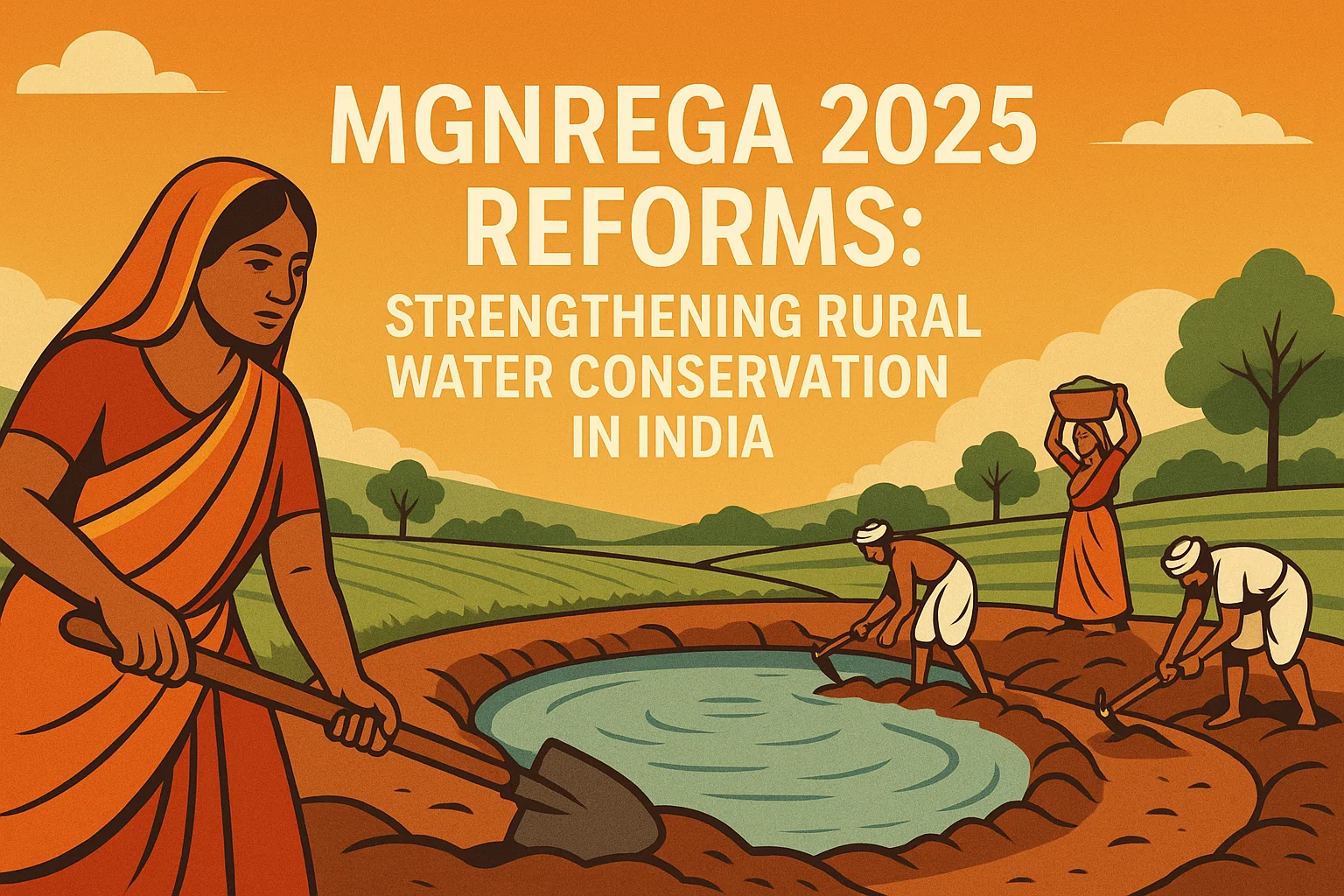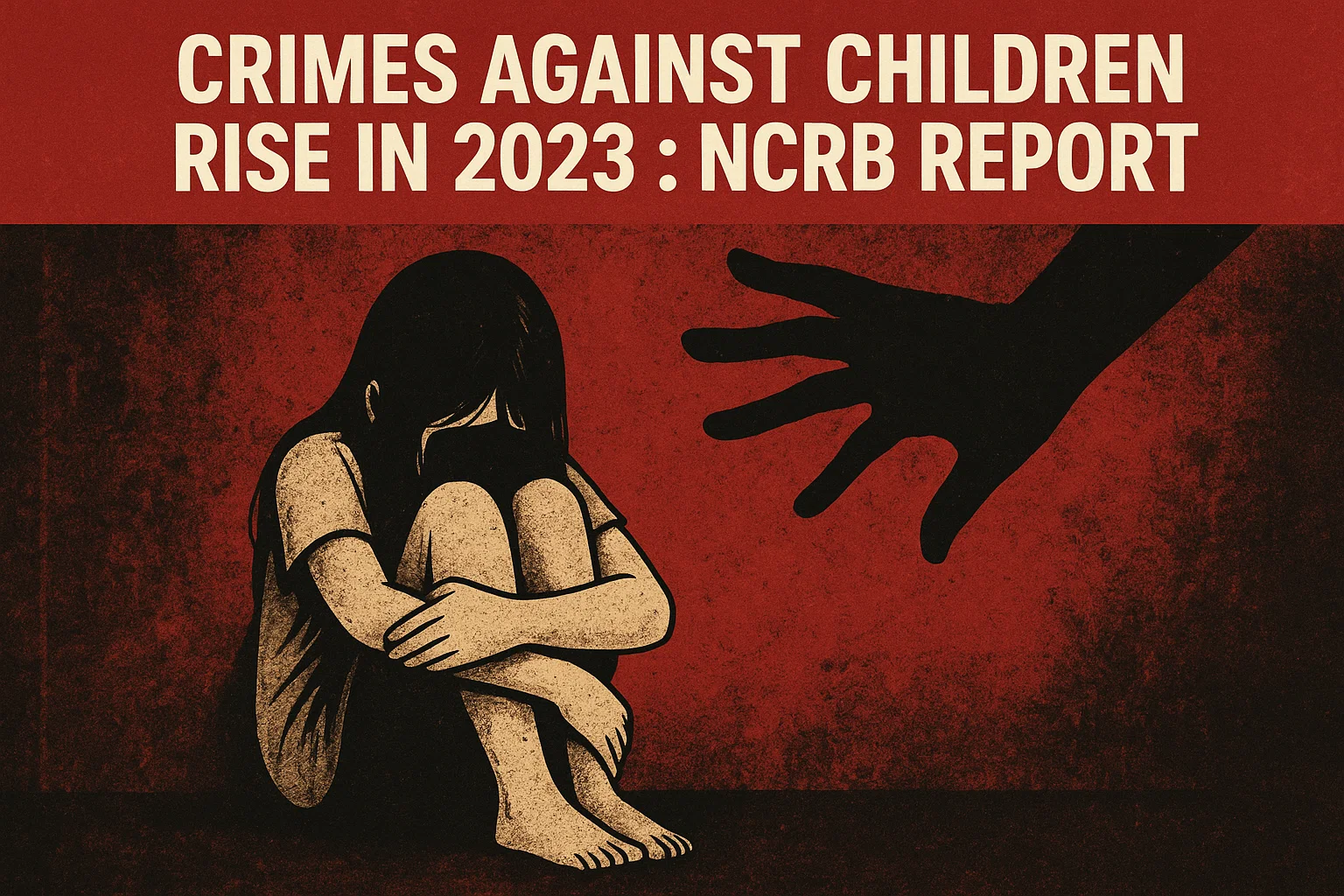G.I. Tag Battles Cultural Misappropriation: A Bold Step for Traditional Artisans
Can a G.I. tag prevents cultural misappropriation?
Context: Recently , at its Spring/Summer 2026 menswear show in Milan, Italian luxury brand Prada unveiled footwear inspired by India’s Geographical Indication (GI)-tagged Kolhapuri chappals, sparking accusations of ‘cultural misappropriation’.
What is a Geographical Indication (GI), and why is it important?
A Geographical Indication (GI) is a form of intellectual property that identifies a product as originating from a specific region, locality, or country, where a given quality, reputation, or characteristic of the good is essentially attributable to its geographical origin.
- Products are granted GI status under the Geographical Indications of Goods (Registration and Protection) Act, 1999, which came into force in 2003.
Examples from India: Darjeeling Tea (West Bengal), Pashmina Shawl (Jammu & Kashmir), Chanderi Saree (Madhya Pradesh), Kolhapuri Chappals (Maharashtra-Karnataka).
- Importance of GI tags:
-
- Protects cultural heritage and traditional knowledge.
- Boosts rural development and exports.
- Prevents unauthorised use and ensures economic gains for local producers.
Why did the Prada-Kolhapuri chappal controversy raise questions of cultural appropriation?
- On June 25, 2025, Prada showcased leather sandals resembling India’s GI-tagged Kolhapuri chappals during its Spring/Summer 2026 menswear show in Milan. The issue sparked backlash because:
- No credit was given to Indian artisans or their heritage.
- The design was strikingly similar to the traditional Kolhapuri style.
- Prada’s version was sold at a significantly higher price without involving the original community of artisans.
- This act was perceived as cultural misappropriation, which refers to the unauthorised or exploitative use of elements of a culture—especially from historically marginalised communities—without acknowledgement or compensation.
Can a GI tag prevent cultural appropriation in such cases?
- Not entirely. While GI tags provide legal protection against misleading commercial use and unfair competition, they have limitations when it comes to cultural misappropriation on global platforms:
- GI protection is territorial, i.e., enforceable only within the jurisdiction where it is registered.
- No international GI right exists by default. Brands operating abroad may legally use or mimic styles unless:
- They falsely claim origin.
- The GI is registered in their country too.
- Hence, in the Prada case, since the brand did not use the name “Kolhapuri” or make false origin claims, legal action may only lead to moral acknowledgement, not compensation.
What mechanisms exist for international GI protection?
Although there is no single global GI system, international protection can be pursued through:
Are there examples where India has fought GI or traditional knowledge misuse abroad?
India has fought several high-profile IP battles involving traditional products and knowledge:
- Basmati Rice (1997) – Ricetec Inc. was granted a U.S. patent on novel rice lines. India contested, leading to restrictions on the use of the term Basmati.
- Turmeric (1995) – A U.S. patent on turmeric’s wound-healing properties was revoked after Indian objection.
- Neem (2000) – The European Patent Office revoked a patent granted to the USDA and W.R. Grace for neem-based antifungal use.
These cases highlighted the need for systematic documentation and legal preparedness.
- TRIPS Agreement (1995) under WTO: It mandates member countries to provide minimum protection standards for GIs.
- Lisbon Agreement (WIPO): Offers a route for multilateral protection of GIs.
- Bilateral Agreements: Countries often enter reciprocal agreements to honour each other’s GIs (e.g., India-EU negotiations).
- National registration in foreign countries: GI holders must register in each target country to secure protection there.
Why are traditional crafts hard to protect under existing IP frameworks?
- IP systems favour individual innovation and documentation, whereas traditional crafts are:

- Collectively developed by communities over generations.
- Often transmitted orally without formal records.
- Considered part of the public domain and hence ineligible for copyright or patents.
- Require perpetual protection, while IP rights are time-bound.
- Thus, traditional cultural expressions often fall through the cracks of conventional IP law.


